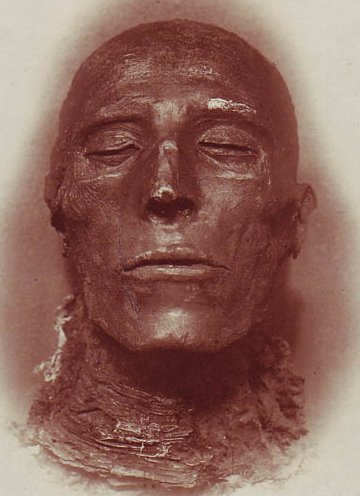
“The Undersea Kingdom of Mongo“ was the seventh installment of Alex Raymond’s Flash Gordon Sunday comic strip serial for King Features Syndicate. Originally printed between April 12 and October 11, 1936, “The Undersea Kingdom of Mongo” picks up the storyline where the sixth installment, “At War with Ming” left off with Flash, Dale, and Zarkov’s rocketship eluding Ming’s air fleet in the heavy fog known as the Sea of Mystery.
A magneto-ray from the ocean brings the rocketship down, our heroes bail out, but only Zarkov and Dale come ashore on an island with Flash presumed drowned at sea. In fact, the magneto-ray has brought the unconscious Flash below the ocean to the undersea kingdom of Coralia where Queen Undina takes an immediate fancy to Flash.
Undina is the latest in Alex Raymond’s line of femme fatales. It seems that while Mongo has honorable males to offset the many villainous fiends and monstrous creatures, the females of Mongo are all scheming nymphomaniacs.
Queen Undina has her chief scientist Triton subject Flash to the lung machine which converts him into a water-breather like her people. Consequently, he is now unable to survive on land.
TO CONTINUE READING THIS POST, PLEASE VISIT HERE.






.jpg)